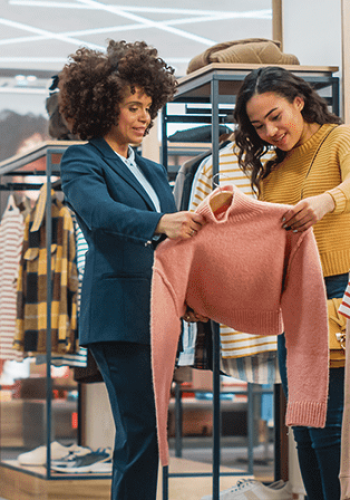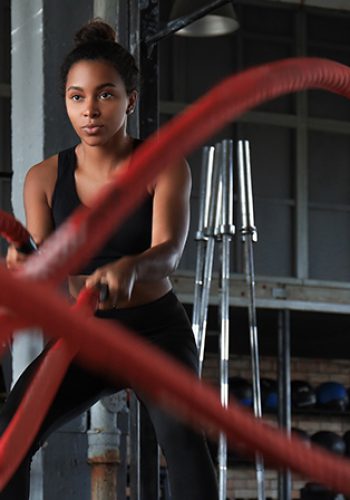How retailers are drawing customers back to stores

Retailers are elevating the in-store experience to lure eager Gen Z shoppers
With e-commerce becoming ever-more dominant, retailers have been pulling out all the stops to woo customers to physical stores.
One strategy has been gaining steam: offering unique in-person experiences that cannot be replicated online.
Take winter apparel brand Canada Goose, which created a “Cold Room” in its Boston store for customers to test out their parka jackets at temperatures as low as -27 degrees Fahrenheit.
In China at fashion retailer ENG’s Shanghai store, customers are greeted by holographic projections, and are free to shop from 24/7 sneaker vending machines. Customers at the stores of electronic music instrument manufacturer Roland can tune the audio, video, and lighting to their liking with the press of a button.
The experiential retail concept had become hugely important for retailers and mall landlords well before the pandemic. But given the impact on shopping over the past two years, retailers are having to experiment with new solutions to drive and maintain footfall.
“The demand for physical shops is expected to go through a series of significant structural changes, with a skew toward heavy leisure and experiential retail,” says Justin Yu, Research Analyst at JLL Hong Kong.
This is because experiential offerings are increasingly influencing customers’ decisions on where to shop. In a survey by technology firm Epson, up to 75 percent of respondents indicated a willingness to change their shopping behavior if retail outlets offered more immersive or experiential elements.
There are also signs that such efforts are being rewarded. Experiential indoor sports and auto showrooms contributed to stronger retail leasing momentum in Shanghai for the third quarter of 2021, according to the latest JLL Asia Pacific Retail Digest.
“Some consumers still prefer the physical shop experience which can’t be replaced by an online transaction,” says Yu. “We expect to see more experiential retailers, which offer real-life experience while integrating retail business opportunities, to join the retail scene.”
What Gen Z wants
Younger shoppers, especially Gen Z, are cozying up to the idea of shopping in-store instead of online, with a majority inclined to shop in places with experiential elements. Up to 81 percent of Gen Z consumers like to purchase in-store, and most of them also prefer visiting stores for discovering and trialling new products, according to management consultancy Kearney.
Sporting goods retailer Decathlon is one brand that has embraced the in-store experience. The retailer’s Experience Stores allow customers to “discover, touch, try and feel” its products and services, with dedicated spaces for trying out different sports equipment, and with experiences such as virtual reality test zones that simulate camping.


